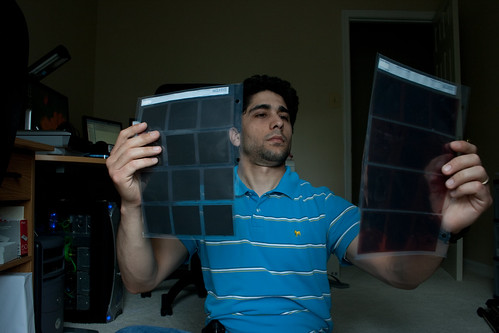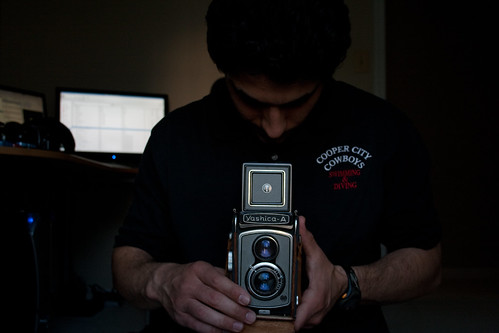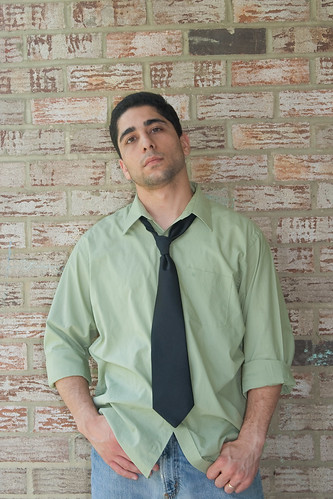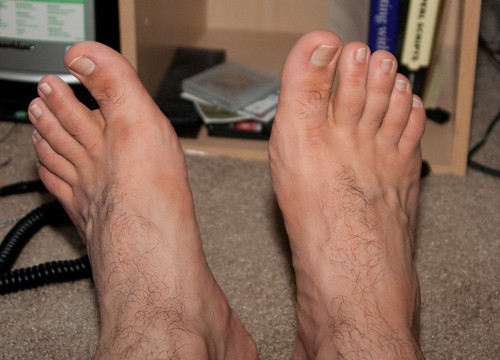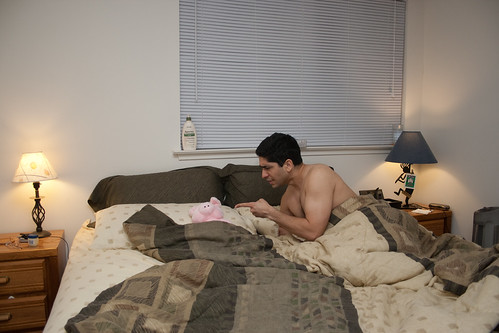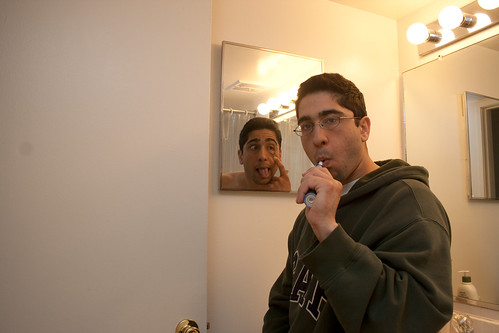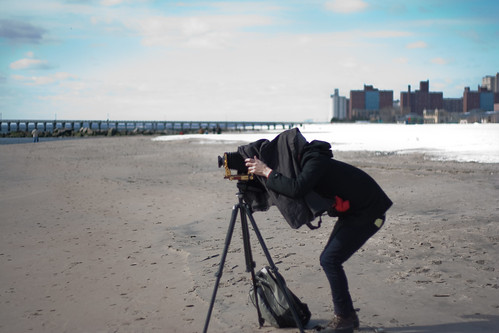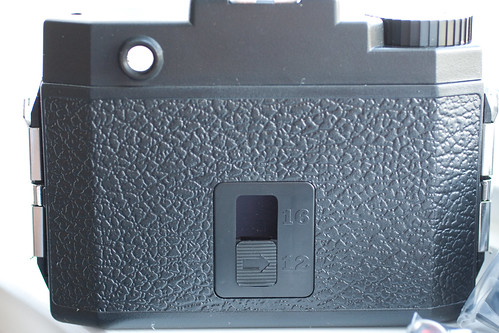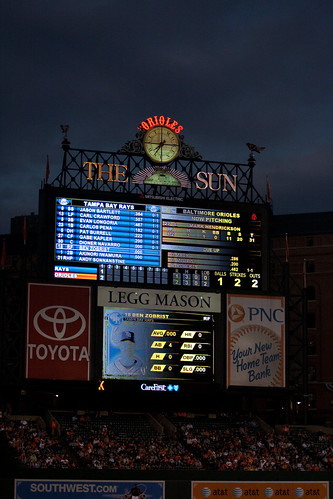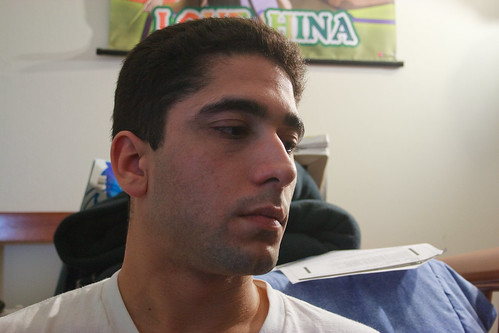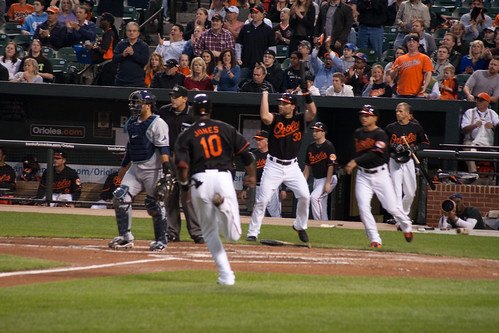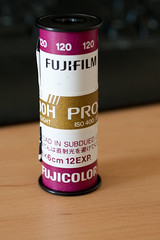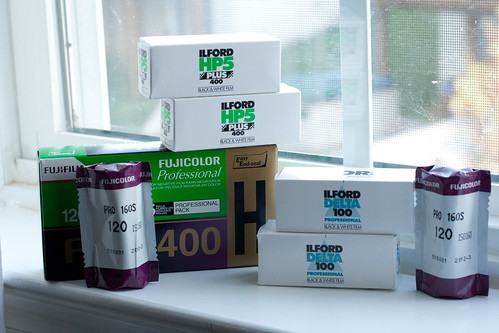Results of a Plastic Point of View
Thursday (22 Apr) as I drove into work, I knew the first few hours would be unbearable. My photos were waiting to be picked up from L’Imagerie, but they weren’t open until 1000. So I had to wait until my lunch break to go pick them up. The whole day I didn’t know what to expect. I’d never had medium format film developed and, while I’d had contact sheets with my APS film, it was not a true contact sheet.
Film Use Days 2 and 3, or How To Make Them Understand
At the time that I write this (about two weeks ago), I have run three rolls of film through my Holga, my Yashica A has arrived (unfortunately, too late for the wedding), and I have taken my film to L’Imagerie in Bethesda, MD to be developed. I used the Holga, along with my DSLRs, at Ho and Lauren’s wedding and I took some photos on the Brighton Beach/Coney Island Boardwalk. I also took some outdoor candids of Danielle’s family. One question was asked constantly: why are you using film?
Late Apr to Early May Photojojo Time Capsule
My latest Photojojo time capsule arrived in my inbox. Apparently, my most interesting photos this time last year were all from my 365 project:
May 2010 Desktop Calendar
By request, here’s a baseball themed calendar for May now that baseball is in full swing.
for square monitors:
[caption id=“attachment_3323” align=“alignnone” width=“400” caption=“May 2010 Desktop Calendar”] 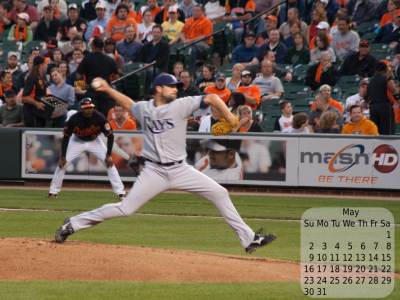 [/caption]
[/caption]
for widescreen monitors:
[caption id=“attachment_3324” align=“alignnone” width=“480” caption=“May 2010 Desktop Calendar”] 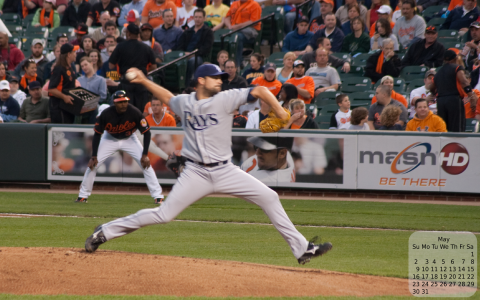 [/caption]
[/caption]
Let Me Smoke My Pipe!
Dan’s not the only one that can post videos. Here’s one I really enjoyed. I heard about this guy in a podcast that covered a steam punk gathering in London.
Is It Really Technological Progress?
As I researched medium format photography in deciding whether or not to participate , I came face-to-face with a trend I’ve seen in other fields. As the technology has “progressed”, users have actually found themselves with worse and worse results. And, just as in other technologies, it is a tale of choosing convenience or cost in favor of quality.
Film Use Day 1
As I write this I have shot 3 frames on my Holga 120N . It’s been a long time since I had to wait to see the results of a photo. One of my favorite aspects of film photography in the olden days was to get my roll(s) of film back from the drug store and being surprised at all the photos I had forgotten taking. But now I really want to see what’s on the rolls! Digital has spoiled me! Also, I’m curious to see the Holga work its magic!
My Early to Mid-April Photojojo Timecapsule
It’s my photojojo time capsule from early to mid-April. Interestingly, the Tampa Bay Rays were playing Baltimore early in April and they did that again this year. Do they always play the same teams in the same schedule? Also, the first photo from my 365 was in the capsule.
The Film Dilemma
Boy have we become spoiled in the digital age. I’m not sure when this will be posted, but at the time of writing this, I have a Holga 120N and a bunch of film at my desk. I bought a couple rolls each of colour and black and white film in ISO speeds of 160 and 400. I have no idea what to load into my Holga! With my digital camera I can change ISO on the fly. Dark outside? Increase the ISO. Want a slower shutter speed when it’s bright outside? Decrease the ISO. But with film I’m stuck for 12 frames with whatever I put in there!
Analog Strikes Back!
It would seem insane to even consider getting into analog photography in 2010. But, as I wrote in my tet travelogue, I’ve been bitten by the bug. I think, had I been able to take photography classes and develop my own negatives and learn about aperture and shutter speed and all that with analog cameras, I might not feel such a need to discover the past now. But, when I get an idea into my head it’s pretty hard to dislodge it. Additionally, I see all these photographers on flickr waxing about how they have discovered or rediscovered film photography. Another photographer whose blog I have been reading recently wrote an ebook about how he has rediscovered film and will now shoot both film and digital. All this conspired such that recently I went through another round of deciding whether I wanted to do some film photography.
